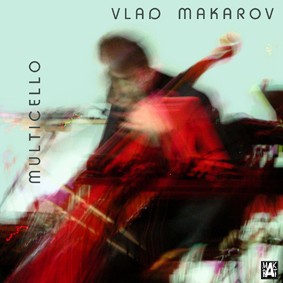Gubaidulina’s entire piano output belongs to her earlier compositional period and consists of the following works: Chaconne (1962), Piano Sonata (1965), Musical Toys (1968), Toccata-Troncata (1971), Invention (1974) and Piano Concerto “Introitus” (1978). Some of the titles reveal her interest in baroque genres and the influence of J.S. Bach.
The Piano Sonata is dedicated to Henrietta Mirvis, a pianist greatly admired by the composer. The work follows the classical formal structure in 3 movements: Allegro (Sonata form), Adagio, and Allegretto. Four motives (pitch sets) are utilized throughout the entire sonata, which also constitute the cyclical elements upon which the rhetoric of the piece is constructed. Each motive is given a particular name: “spring”, “struggle”, “consolation,” and “faith.”
There are two elements in the primary thematic complex of the first movement: (1) a “swing” theme, characterized by syncopation and dotted rhythms and (2) a chord progression, juxtaposing minor and major seconds over an ostinato pattern in the left hand. The slower secondary theme introduces a melodic element associated with the ostinato element of the previous theme. In the development section, these sets are explored melodically, while the dotted rhythm figure gains even more importance. In the recapitulation, the chord progression of the first thematic complex is brought to the higher registers, preparing the coda based on secondary theme cantabile element, which gradually broadens. The second movement shifts to a different expressive world. A simple ternary form with a cadenza-AB (cadenza) A, the B section represents an acoustic departure as the chromatic figurations in the left hand, originating in section A, are muted. In the cadenza the performer improvises within a framework given by the composer, inviting a deeper exploration of the secrets of sound. It consists of two alternating elements- open-sounding strings, stroke by fingers, with no pitch determination, and muted articulation of the strings in the bass register-separated by rests marked with fermatas. The third movement is constructed of 7 episodes, in which there is a continuous liberation of energy accumulated during the previous movement.
Musical expression in this work is achieved through a variety of means. Rhythm is a very important element in the construction of the work, articulating a distinct rhetoric, as well as in the development of the musical material. Exploration of a wide range of sounds, within the possibilities of the instrument, involving both traditional and nontraditional methods of sound productions are another important mean.
Some examples of the nontraditional sounds produced are a glissando performed with a bamboo stick on the piano pegs against a cluster performed on the keyboard, placing the bamboo stick on vibrating strings, plucking the strings, glissando along the strings using fingernail, touching the strings creating a muted effect.
Two distinct aspects of the sonata-the driving force and the meditative state-can be seen through the architecture of the work as portraying the image of the cross. The first movement is related to the “horizontal” line, which symbolizes human experience while the second movement reflects the “vertical” line, which represents man’s striving for full realization in the Divine. The meeting point of these two lines in music happens at the end of second movement, and that reflects transformation of the human being at crossing this two dimensions. The third movement “celebrates the newly obtained freedom of the spirit”.
[from wikipedia]

 The new album by
The new album by